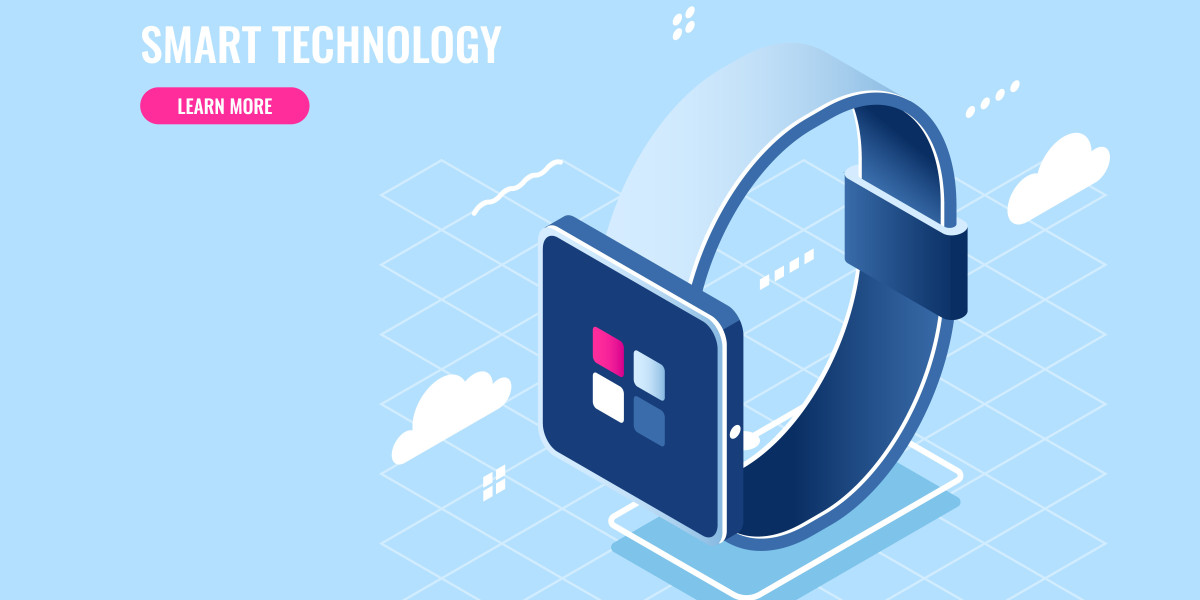As technology continues to evolve, so too does the landscape of fitness and wellness. The integration of Artificial Intelligence (AI) and Machine Learning (ML) into fitness app development is not just a trend but a transformative shift that's reshaping how we approach health and exercise. In this article, we’ll explore how AI and ML are revolutionizing fitness apps and what this means for the future of personal wellness.
1. Personalized Fitness Plans
One of the most significant advancements AI and ML bring to fitness app development is the creation of highly personalized workout and nutrition plans. Traditional fitness apps often offer generic programs that may not be suitable for everyone. However, with AI and ML, apps can analyze users' data, such as their fitness levels, goals, preferences, and even biometric data, to create customized workout routines.
For instance, AI algorithms can evaluate your progress, adjust your fitness plan in real-time, and provide recommendations based on your performance and feedback. This level of personalization helps users stay motivated and achieve their goals more effectively.
2. Predictive Analytics for Injury Prevention
Injuries are a common setback in fitness routines, but AI and ML can play a crucial role in minimizing these risks. By analyzing data such as exercise form, frequency, and intensity, AI-powered apps can detect patterns that may lead to injuries. These apps can then provide early warnings and adjust workouts to prevent overtraining or improper technique, thus enhancing overall safety and effectiveness.
3. Virtual Coaching and Support
The integration of AI in fitness apps has made virtual coaching more accessible and effective. AI-driven virtual coaches can provide real-time feedback on form, suggest adjustments, and offer encouragement based on user performance. These virtual coaches can simulate the experience of working with a personal trainer while being available anytime and anywhere.
Moreover, AI-powered chatbots can handle user inquiries, provide nutritional advice, and offer support, creating a more interactive and engaging experience. This continuous support helps users maintain their fitness routines and address issues promptly.
4. Enhanced Data Analytics and Insights
Fitness apps equipped with AI and ML can offer deeper insights into users' health and progress. By analyzing large sets of data, these apps can identify trends and patterns that may not be immediately obvious. For example, AI can analyze sleep patterns, stress levels, and activity data to provide a comprehensive view of a user’s overall well-being.
These insights can help users make informed decisions about their fitness routines, lifestyle changes, and health goals. Additionally, data-driven recommendations can be tailored to individual needs, enhancing the effectiveness of fitness programs.
5. Gamification and Engagement
AI and ML can also enhance user engagement through gamification. Fitness apps can use AI to create dynamic challenges, personalized rewards, and interactive experiences that keep users motivated. By analyzing user behavior and preferences, AI can tailor gamification elements to match individual interests, making fitness routines more enjoyable and less monotonous.
6. Integration with Wearable Technology
The synergy between fitness apps and wearable technology is further amplified by AI and ML. Wearables, such as smartwatches and fitness trackers, collect real-time data on users' physical activity, heart rate, and more. AI algorithms can process this data to offer actionable insights and recommendations.
For example, if a wearable device detects an irregular heart rate during exercise, the AI system can alert the user and suggest modifications to their workout. This integration ensures that users receive accurate, real-time feedback to optimize their performance and safety.
Conclusion
The future of fitness app development is increasingly intertwined with AI and ML, promising a new era of personalized, data-driven, and engaging fitness experiences. By harnessing the power of these technologies, developers can create apps that not only support users in achieving their fitness goals but also enhance their overall well-being. As AI and ML continue to evolve, the potential for innovation in fitness apps is boundless, paving the way for smarter, more intuitive, and effective fitness solutions.














